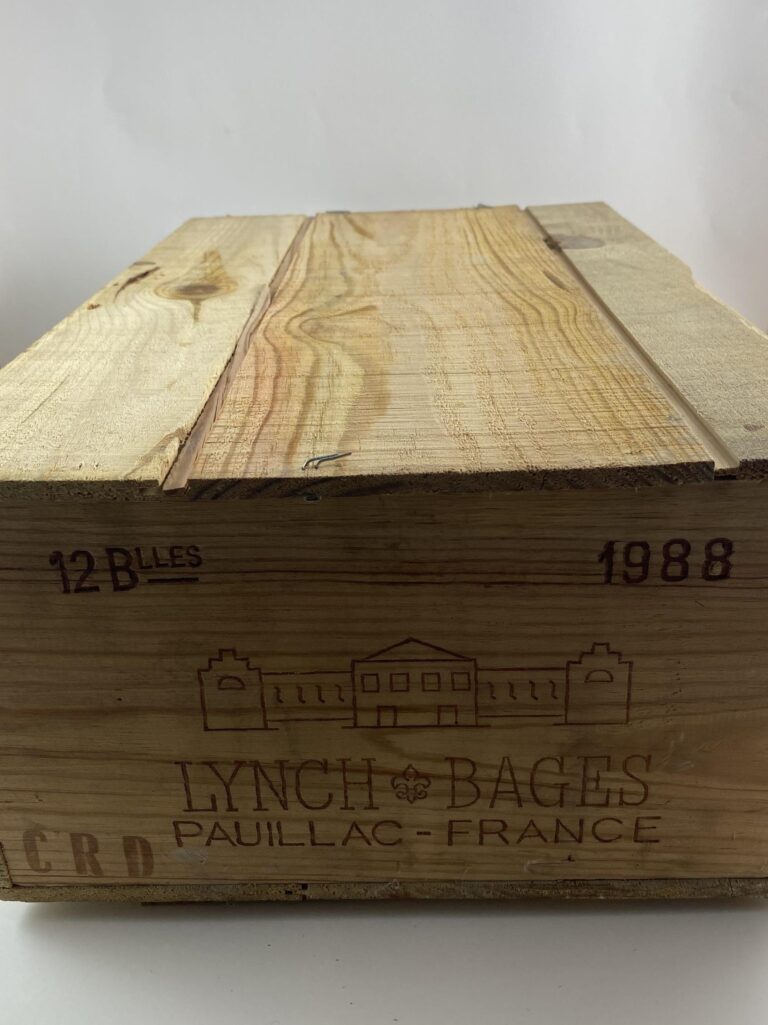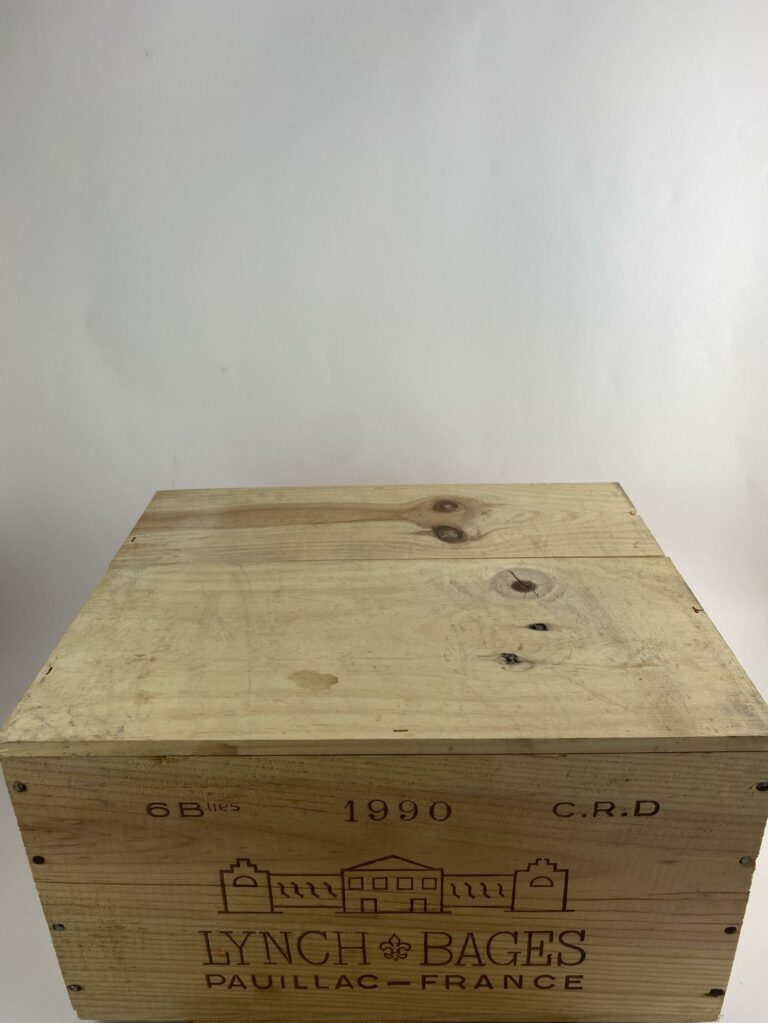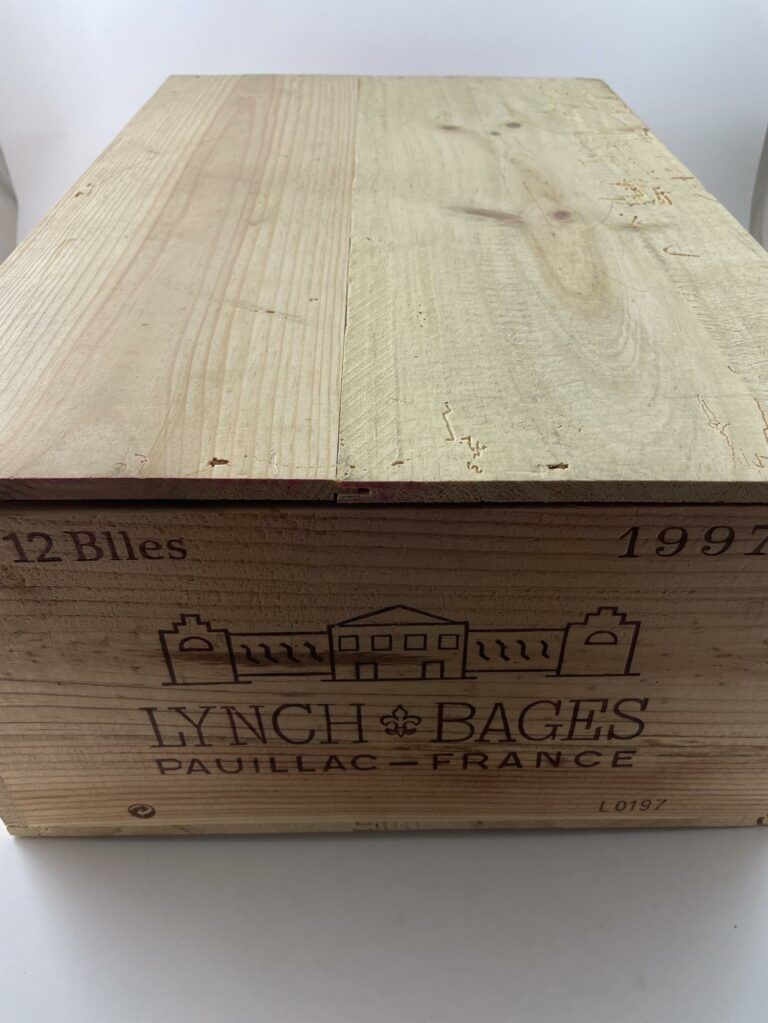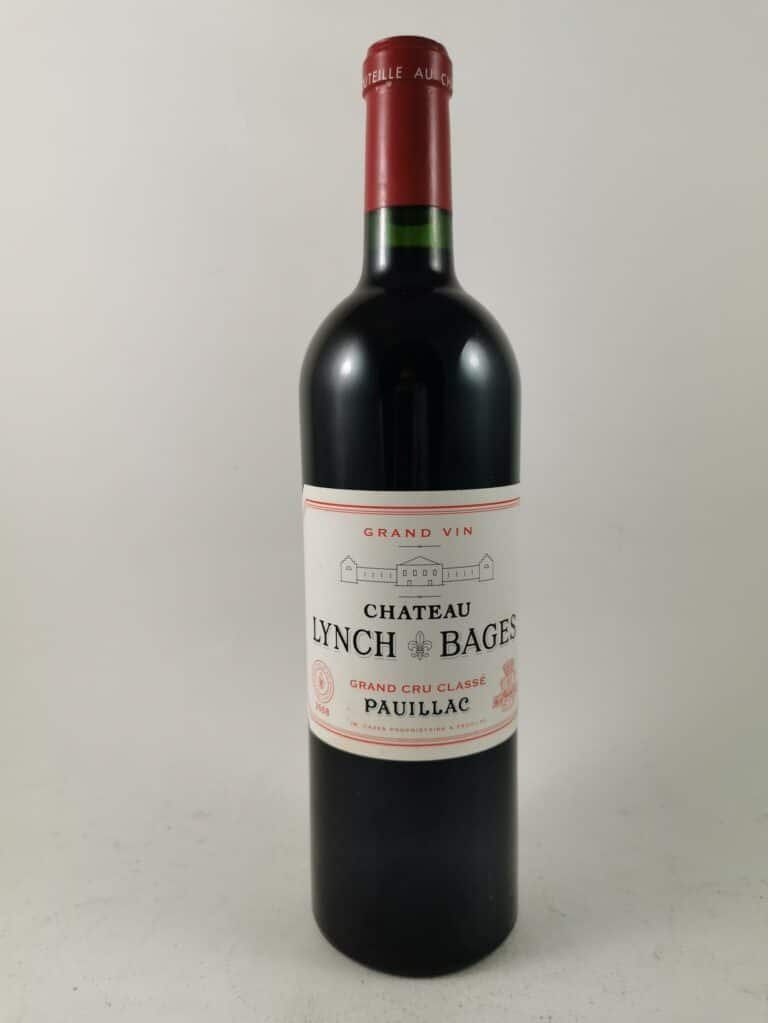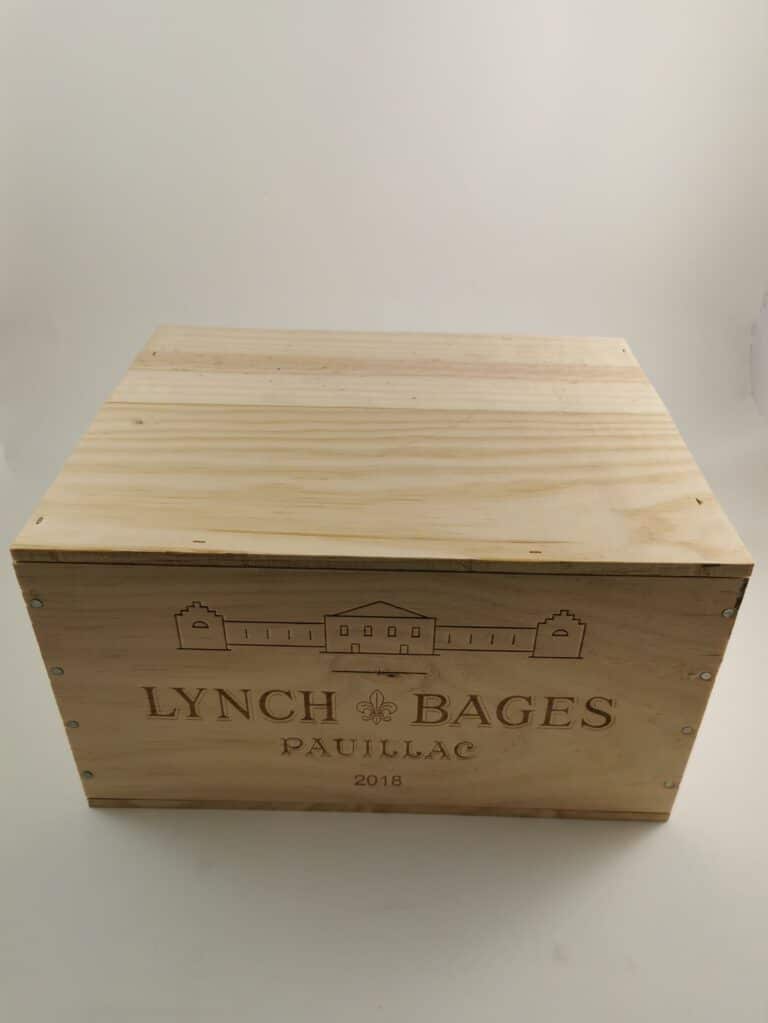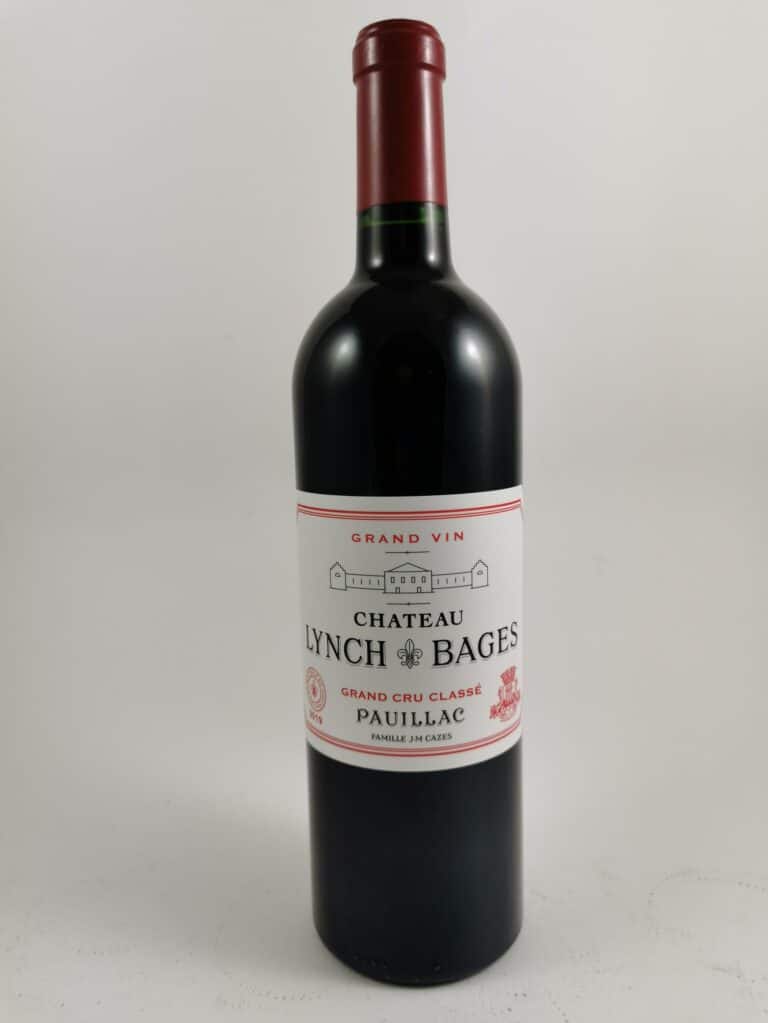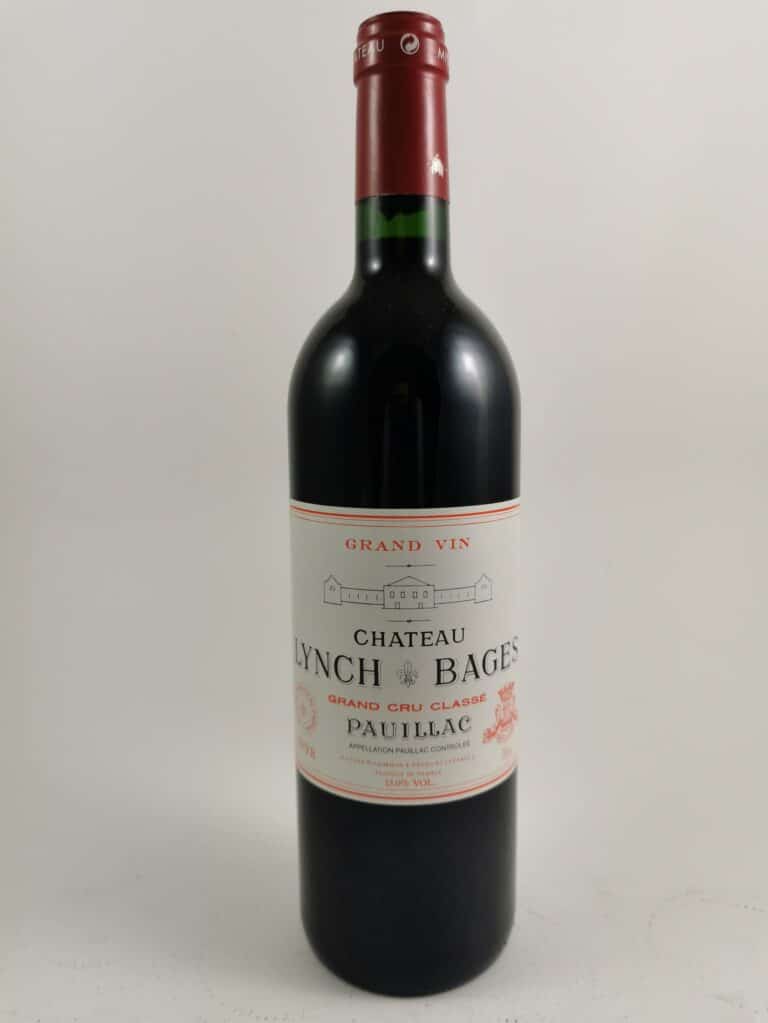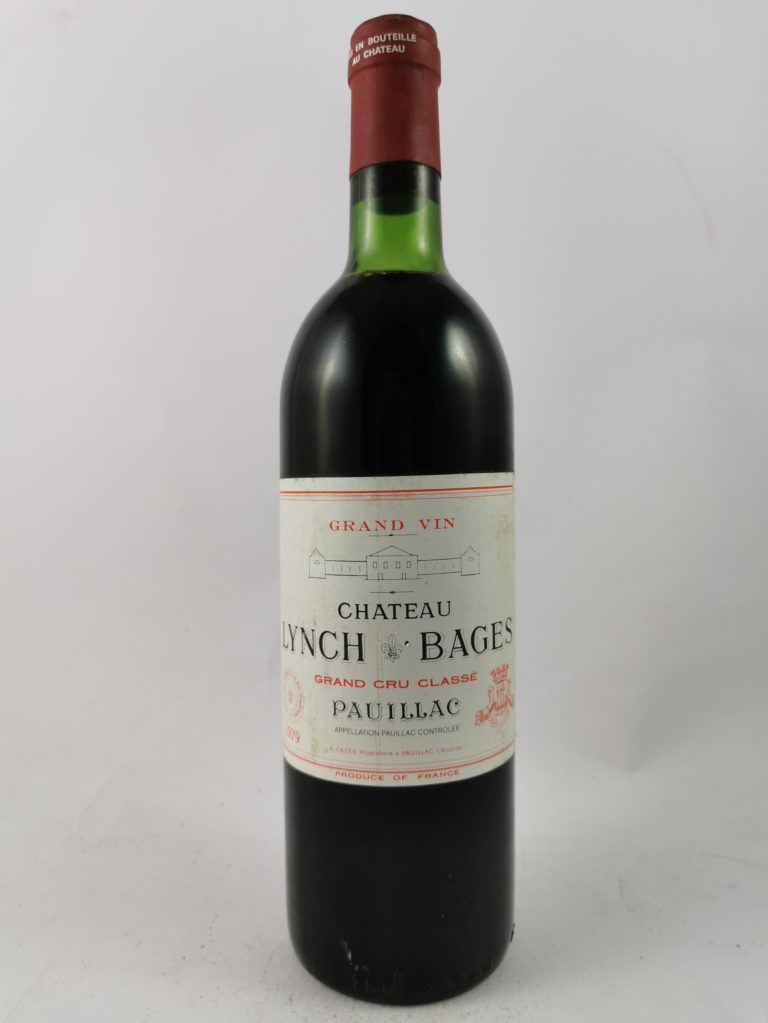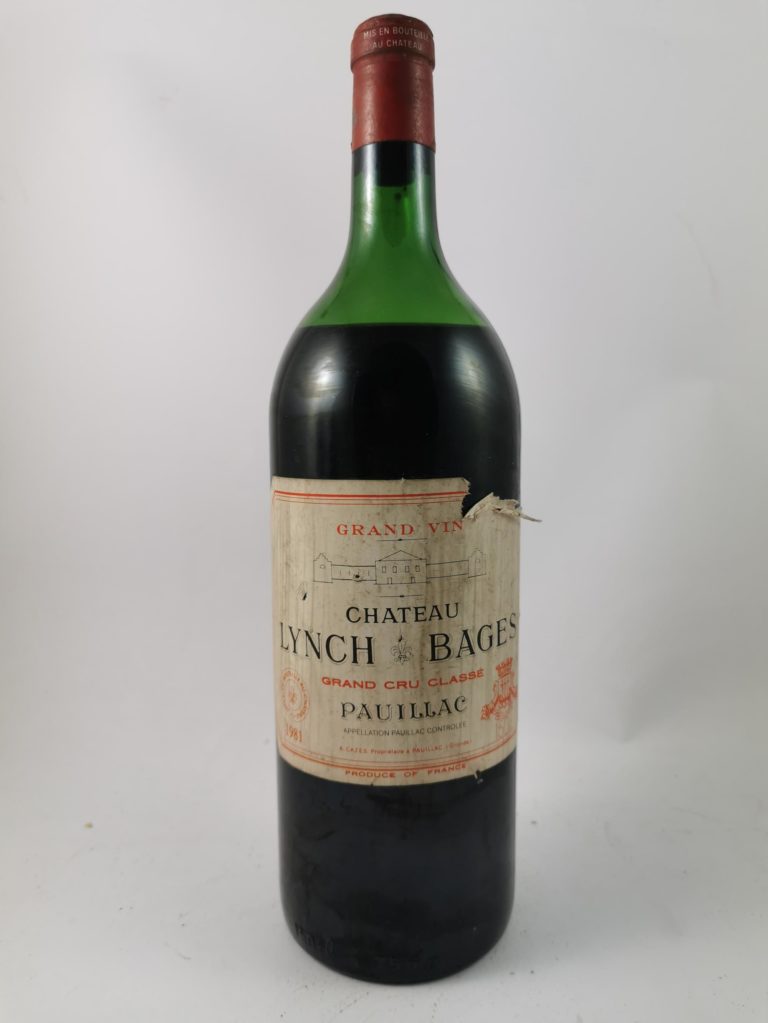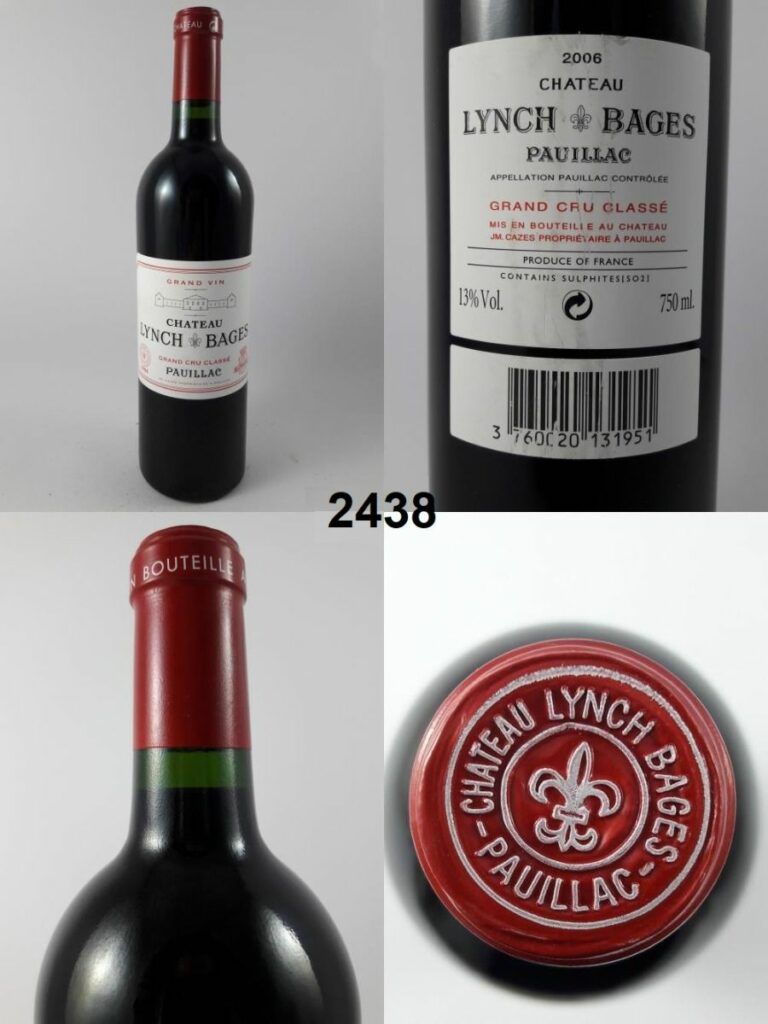Château Lynch-Bages
The history of Château Lynch-Bages
Chateau Lynch-Bages is located at the gates of Pauillac, a few kilometers from the town. The origin of its name can be explained by the old hamlet of Bages, which for centuries was home to generations of winegrowers and to the Lynch family, who actively participated in the development of the Château.
It is really in the XVIIIth and XIXth centuries that the domain enters a new dimension. The Lynch family acquires the domain of Bages on June 9, 1750 thanks to the marriage of Thomas Lynch with the daughter of Pierre Drouillard. Together, they will have a son Michel Lynch who will be particularly interested in the vineyard. He will understand the importance of terroirs, will select the best grape varieties, will systematically drain the vines and will modernize the culture of the vine with new tools.
The Lynch family would own the estate for nearly seventy-five years.
Terroir also called ” cru de Lynch “, the Château Lynch-Bages is classified in the 5th rank of the great growths of Bordeaux in 1855 in the honor of the universal exhibition of Paris.
The 1930s marked a turning point for the property. Prestigious, Chateau Lynch-Bages is leased to Jean-Charles Cazes, a native of Ariège who is already a farmer at Chateau des Ormez de Pez in Saint-Estèphe. He bought the two estates and established the Cazes family at the heart of the wine heritage. In 1974, Jean-Michel Cazes, who was not destined to take over the business, found himself in charge of the estate. Talented, charismatic and visionary, he works to put Chateau Lynch-Bages among the best French vineyards. A leading figure in Bordeaux wines, he became its ambassador, traveling the world in search of new enthusiasts and lovers. He renews the tools of the domain and equips them with the latest technologies for more precision. He enlarged the family patrimony by becoming the owner of Villa Bel-Air in the Graves, Ostal Cazes in Languedoc.
In 1985, with the agreement of Jean-Michel Cazes, a bottle of Lynch-Bages 1975 was taken into space by the French astronaut Patrick Baudry. It will become the first bottle to travel in space.
Aged, Jean-Michel Cazes let his 32 years old son take over naturally in 2006. Jean-Charles decides to renovate the Château by entrusting the work to the American architect Pei, notably for the construction of the new gravity cellar. Faithful to its heritage and radiating modernity, Château Lynch-Bages is a precious witness of quality wines in the Pauillac appellation.
The terroir of Château Lynch-Bages
The vines of Château Lynch-Bages enjoy a terroir with a homogeneous geology and a rather mild oceanic climate. The 100 hectares of vines are located at the entrance of the Pauillac appellation. They are between 30 and 60 years old. A gravelly plateau benefits from calcareous and sandy soils with natural drainage and the proximity of the Garonne River.
The grape variety remains faithful to its terroir with a majority of Cabernet Sauvignon (68%), Merlot (26%), Cabernet Franc (4%) and Petit Verdot (2%). These last three grape varieties cultivated by the domain, give the intense character of the red wines of Pauillac.
There is also a small plot for white grape varieties. On this one, we find Sauvignon Blanc, Semillon and Muscadelle which reveal fruits with a beautiful aromatic expression.
Vinification of Château Lynch-Bages
At Chateau Lynch-Bages, the sales are carried out manually, guaranteeing the quality of the harvested grapes. The berries are sorted before arriving in the stainless steel vats where the pumping over will take place. The spectacular gravity tank is used for the vinification.
Once fermentation is complete, the wines are racked and go through the stages of maceration, pressing and malolactic fermentation. The final blend of the vintage is decided by a technical team following numerous tastings.
The Lynch-Bages estate produces around 400,000 bottles annually.
The wines of Château Lynch-Bages
The first wine of Chateau Lynch-Bages is hand-harvested and then aged for 12 to 15 months in split oak barrels, of which about two-thirds are new. They are tannic wines with a good concentration, where spicy and mentholated notes dominate. With age, we find an incomparable aromatic complexity.
Haut-Bages Averous became since 2008, Echo de Lynch-Bages is the second wine of the domain. Seductive, dense, it can be enjoyed after 5 to 15 years of aging.
Since 1990, the property has produced Blanc de Lynch-Bages, a dry white wine. It is fermented in barrels and aged for 12 months in 90% new barrels. When tasted, it reveals aromas of dried apricots, citrus and spices. Fresh and round, it should be appreciated within five to ten years of ageing depending on the vintage.
For the wines of Château Lynch-Bages, the ideal conservation is articulated around 10°C to 13°C in a wine cabinet of ageing with a rate of humidity included between 70 and 75%. Depending on the year, it has very different storage capacities. The average ageing capacity is 15 to 30 years.
Lynch-Bages flavors, matches and vintages
In terms of vintages, the years 1929, 1945, 1982, 1989, 1990, 2000, 2005 and 2009 are of particular interest.
The 1990 vintage was rated 99/100 by Rober Parker.
This vintage is particularly sought after as it is fabulous to taste!
Vintage 1990 of Lynch-Bages wines
The aromas are wonderfully subtle, tending towards notes of blackcurrant, cedar, intense spices with a herbal complexity. On the palate, the balance is sensational between power and sweetness, which is the prerogative of great wines.
Vintage 2005 of Lynch-Bages wines
The color is intense. The nose is fragrant with aromas of extremely ripe currants. On the attack, the wine starts to melt in the mouth with a velvety texture to finish powerfully on the length. As structured as fruity, it is nevertheless refined. It is still a vintage with a nice ageing potential.
This Pauillac wine will go perfectly with a magnificent rib of beef à la Bordelaise, a seven o’clock leg of lamb, or game meat with a fricassee of mushrooms. Be sure to serve it at the right temperature between 15 and 16°C.

